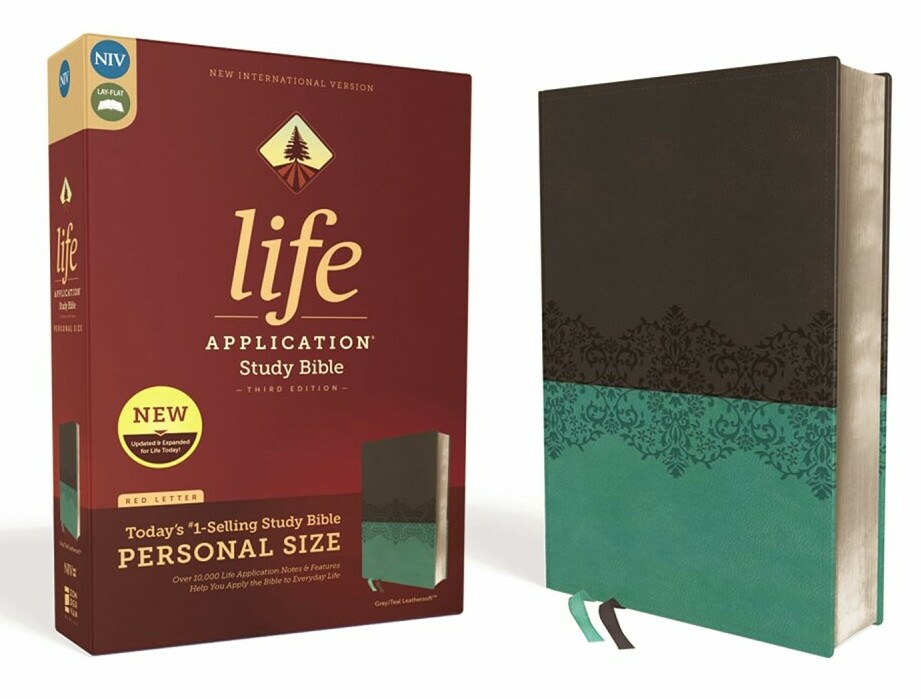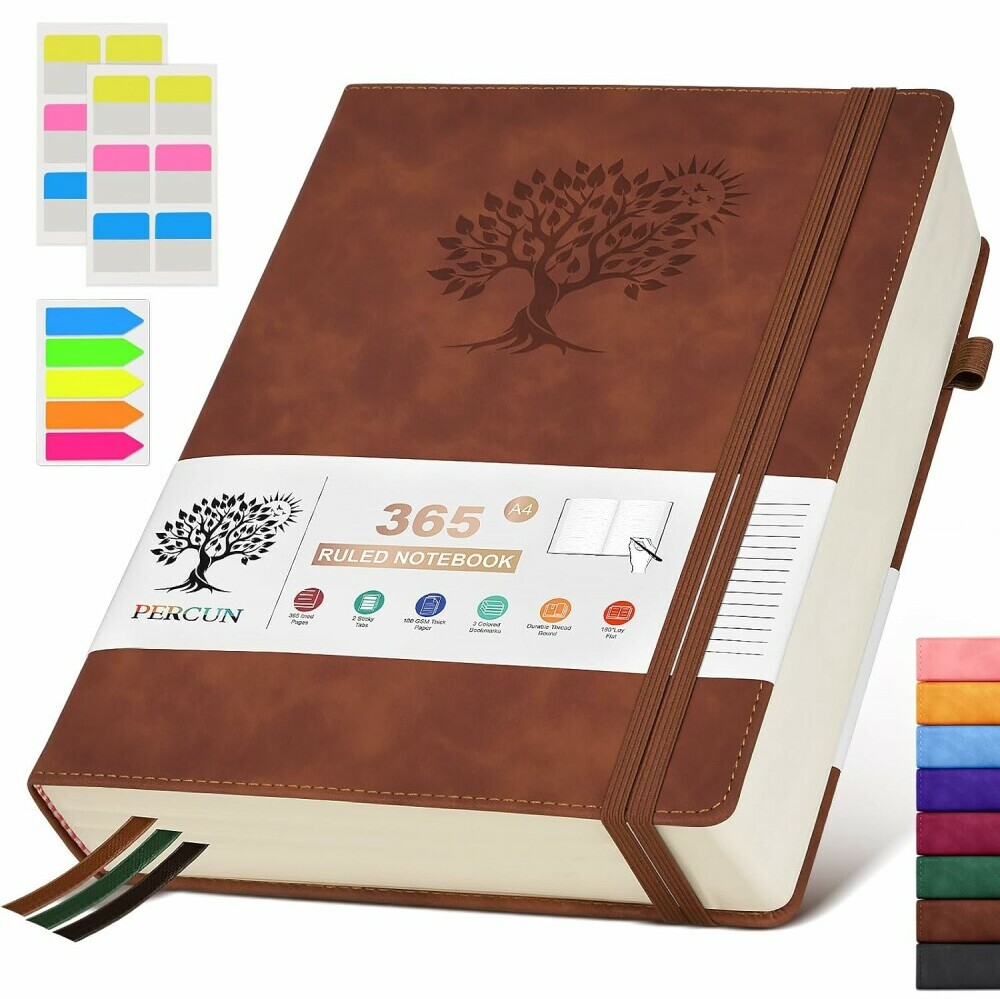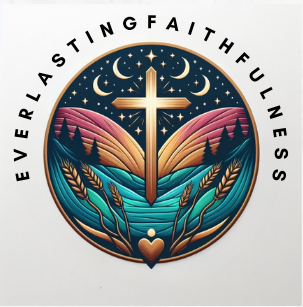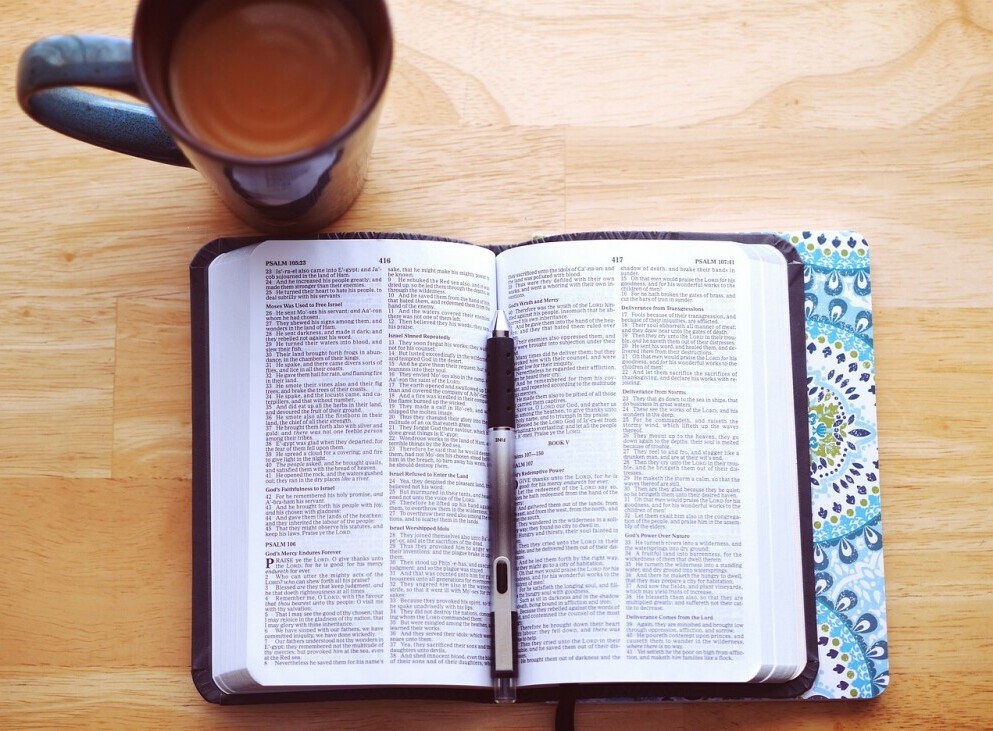This post may contains affiliate links which means I earn a small commission.
Have you decided it’s time to start studying the Bible, there’s one ally that’s absolutely crucial: context. I’m going to explain why understanding context isn’t just about reading the words on the page; it’s about grasping the full message embedded in the scriptures.
Context involves several layers. There’s the immediate literary context, which means looking at the verses before and after a particular passage. This helps you understand the narrative or argument unfolding within the text. But that’s just the beginning.
You’ll also want to consider the broader biblical context. Where does your passage fit in the grand story of the Bible? What parallels and themes span across books and testaments? Identifying these patterns can illuminate the continuity and depth of biblical teachings.
Historical and cultural contexts can’t be overlooked. Knowing about the era, the customs, the language, and the people to whom the Bible was speaking will give you a clearer picture of its messages. Each book of the Bible was written in a specific time for a specific audience and had a specific purpose. Appreciating these factors brings you closer to its heart.
Don’t worry too much about being a scholar from the get-go. We all start somewhere. Choose resources that resonate with you and start where you are. Understanding context is all about layering your knowledge, one insight at a time.
Now, to practically apply this concept and make your Bible study more effective, you’re going to need the right tools. And this is where we transition smoothly into choosing the right Bible version for clarity and comprehension. Different versions can offer fresh perspectives and clearer understanding.
How to Bible Study
Tips, Tools, and Best Practices
1. Establish a Study Routine
Consistency is key when it comes to Bible study. Set aside dedicated time each day or week for your study sessions. Choose a time when you’re least likely to be interrupted, and create a quiet, comfortable space where you can focus without distractions.
2. Choose the Right Tools
a. Study Bible
Invest in a good study Bible that includes helpful features such as footnotes, cross-references, maps and commentary. Some popular study Bible versions include the ESV Study Bible , NIV Study Bible, and the NIV Life Application Study Bible which is what I use, and I have found this to be very helpful.

b. Concordance
A concordance is a valuable tool that allows you to look up specific words or topics throughout the Bible. It helps you find related verses and gain a deeper understanding of key themes, I personally have found the NIV Exhaustive Bible Concordance, Third Edition: A Better Strong’s Bible Concordance to suit my bible study needs.
c. Commentaries
Consider using reputable commentaries to gain insights from scholars and experts. Commentaries provide historical context, cultural background, and theological interpretations that can enhance your study, you will find commentaries for Romans, Hebrews, Proverbs, Galatians and more.
d. Bible Apps and Software
Take advantage of technology by using Bible study apps and software. Apps like Blessed, which is the one I use and I absolutely love using this app however it is a monthly subscription of $16.99 which I have found is worth it the features you will find are morning and night pray an explanation of the verse, reading the bible which you mark off as you go there are also stories, bible chat has being quite helpful and available 24/7 and to test your knowledge you have bible quizzes, however there are other apps such as Bible Gateway, and Logos which offer various study plans, commentaries, and resources at your fingertips as well.
e. Notebook or Journal
Keep a notebook or journal to jot down your thoughts, reflections, and questions during your study sessions. Writing down insights can reinforce your learning and help you track your progress.

f. Tabs for Organization
Adding tabs to your Bible can help you quickly navigate between books, chapters, or sections. You can use different colors for Old Testament, New Testament, specific books, or themes. Here are some ways tabs can be useful:
- Book Tabs: Place tabs on the edge of each book to easily flip to a specific book of the Bible.
- Chapter Tabs: Use tabs to mark the beginning of each chapter, making it easier to locate specific passages.
- Theme Tabs: Create tabs for recurring themes like love, forgiveness, or faith, allowing you to find related verses effortlessly.
g. Pens and Highlighters for Marking and Annotation
Using pens and highlighters in your Bible can help you mark key verses, make annotations, and jot down insights. Here’s how you can use them effectively:
- Highlighters: Use different colors to highlight verses based on themes (e.g., yellow for promises, green for commands). Highlighting makes important passages stand out for quick reference.
- Pens: Write notes, prayers, reflections, and cross-references directly in your Bible margins. Use different pen colors to distinguish between personal notes, study insights, and questions, best pens to use are the no bleed ones.
- Underlining: Underline key phrases or words to emphasize their significance. This practice aids in memory retention and understanding.
h. Sticky Notes for Additional Insights
Sticky notes are versatile tools that allow you to add supplementary information, thoughts, and questions without directly marking your Bible pages. Here’s how you can use them:
- Annotation: Attach sticky notes to pages to expand on a verse, provide context, or record historical background.
- Questions: Use sticky notes to jot down questions that arise during your study. You can revisit these questions later or discuss them with others.
- Prayer Requests: Write prayer requests on sticky notes and place them in relevant passages. This helps you integrate prayer into your study and remember to lift specific needs to God.
4. Stickers for Creative Journaling
Stickers add a creative and personalized touch to your Bible journaling. You can use them to decorate pages, create visual themes, or express emotions. Here are some ideas:
- Illustrations: Use stickers of flowers, crosses, or symbols to enhance the visual appeal of your journaling.
- Quotes: Incorporate stickers with inspirational quotes or Bible verses to reinforce key messages.
- Emotions: Use expressive stickers (e.g., smiley faces, hearts) to reflect your emotions or reactions to passages.
3. Follow a Study Method
a. Read Systematically
Start by reading the Bible systematically, either following a chronological order or through a specific book-by-book plan. This approach ensures you cover the entire Bible over time and helps you grasp the overarching narrative.
b. Use the SOAP Method
SOAP stands for Scripture, Observation, Application, and Prayer. Begin by reading a passage (Scripture), then observe key details, consider how it applies to your life (Application), and conclude with prayer, asking for guidance and wisdom.
c. Study Themes or Characters
Focus on specific themes (e.g., love, forgiveness) or characters (e.g., David, Paul) for in-depth study. Use cross-references, concordance, and commentaries to explore related passages and gain a comprehensive understanding.
4. Best Places and Times for Study
a. Quiet Room or Corner
Choose a quiet room or corner in your home where you can study without distractions. Eliminate noise and clutter to create a peaceful atmosphere conducive to reflection.
b. Nature or Outdoors
If possible, study outdoors in a natural setting like a park, garden, or quiet outdoor space. Nature can inspire contemplation and provide a refreshing change of environment. We live out in the bush, and I find reading the bible and listening to the bird’s chirp, the rustle of the breeze quite comforting, however we don’t live to far from a beach so sometimes id venture down there and listen to the waves.
c. Morning or Evening
Find the time that works best for you based on your schedule and energy levels. Some people prefer studying in the morning for a fresh start, while others find evenings more conducive to reflection. The best time for me is usually after I finish work at 5.30am and its also before my kids are out of bed so no interruptions. I made myself a little nook behind our wardrobes which I quietly sit and read and reflect as well, I actually find myself hiding away in there a lot it’s my special place to be with God.
Conclusion
Bible study is not just about reading words; it’s about engaging with timeless truths, seeking understanding and nurturing your faith. By establishing a study routine, using the right tools, following a structured method, and choosing conducive settings and times, you can deepen your connection with the scriptures and experience spiritual growth. Remember, the journey of Bible study is as enriching as the destination it leads you to. Happy studying!
Disclaimer: The recommendations provided in this blog post are for informational purposes only. It is advisable to seek guidance from spiritual mentors or pastors for personalised study plans and interpretations.

